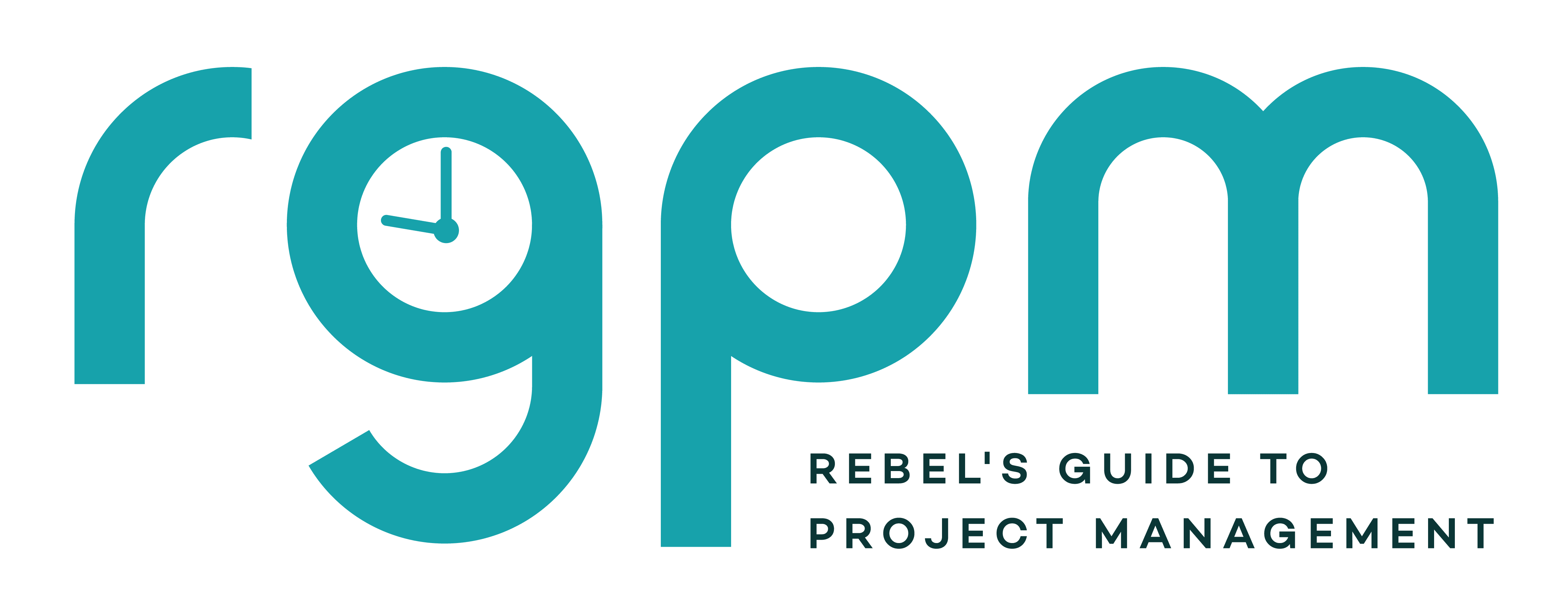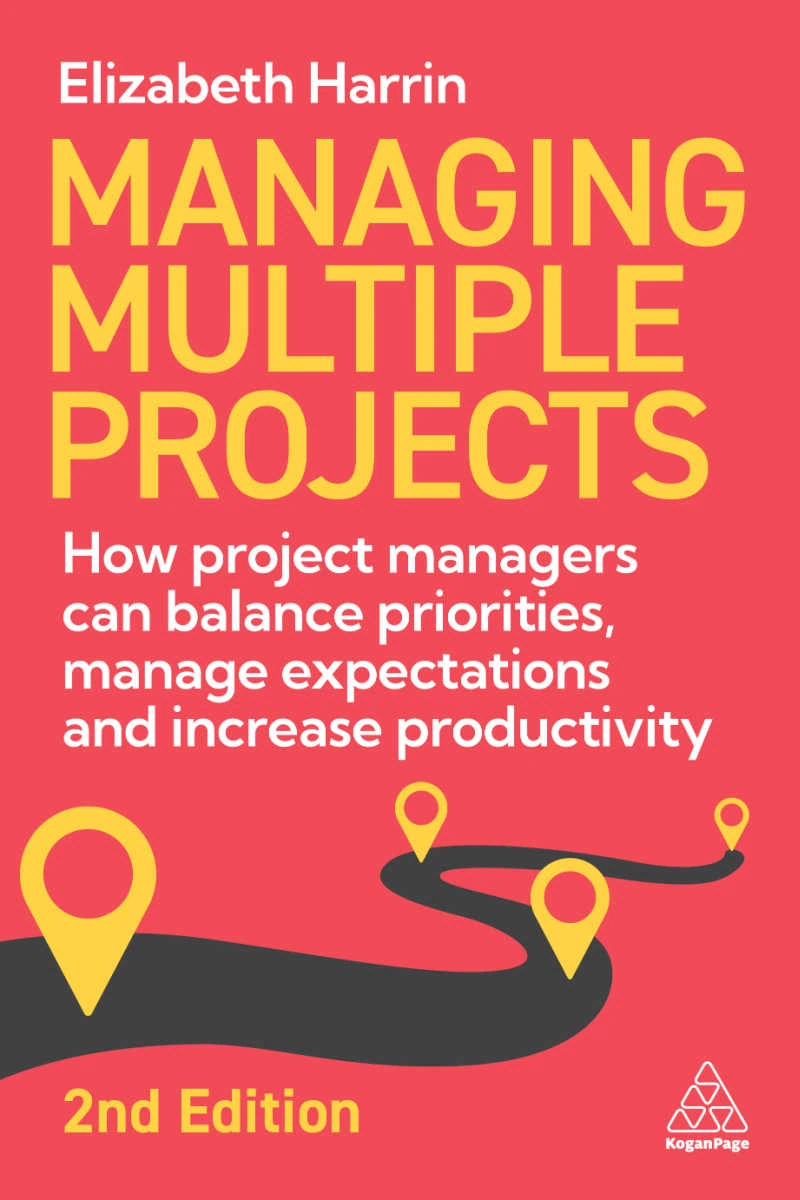Villanova Friday, Week 4: Effective Communication
This week on the Maximizing IS/IT Team Effectiveness course I am taking with Villanova University the focus has been on communication.
We’ve looked at effective strategies for one-on-one spoken conversations with people, including how to determine the preferences of the person you are speaking to.
- About two thirds of people prefer to take in information visually, for example, through pictures. Typically a visual individual speaks at a good pace and looks up. They also use visual words, like “I see what you mean.”
- About 15% of people prefer to take in information from listening. Typically they look straight ahead. They use auditory words like, “I hear you.” Auditory people also pause in their speech, listening to themselves.
- Between 18% and 30% of people are kinetic – they prefer to take in information by touching and feeling things – both literally and emotionally. Kinetic people aren’t ignoring you if they look down. They tend to speak in an animated way and you’ll hear them use phrases like “I feel.”
We did an exercise where we picked an image that appealed to us in order to establish our own preferences for taking in information. Apparently, I’m an auditory person. I would never have said this about myself, which makes me think that this triad of communication preferences is pretty non-scientific. My own belief would be that, while people may have preferences, they are able to adapt to different scenarios.
We also looked at the symptoms of ineffective communication.
Verbal indicators that we are not being successful in our communication include clues in what is said and how it is said, like:
- “I don’t understand.”
- “What?”
- “We’ve never done it that way before.”
- Short, clipped phrases or one-word responses.
- Tonality – speaking all in the same tone.
Non-verbal indicators that were are not being successful in our communication include clues from body language:
- Body posture
- Gestures
- Facial expressions
- What their eyes tell you
- Fidgeting
- Doing something else apart from listening to you
If you get the message that your communication has not been successful, you could try:
- Removing assumptions from your message
- Removing generalisations from your message
- Removing ‘weasel words’ like “I probably think that it might be an OK idea.” Just say what you mean.
- Take out the acronyms
- Check they have understood what you mean by the specific words you use. Thong, for example, means something different in the UK to in Australia. And you wouldn’t want to get those meanings confused.
This is important – as you might have heard before, what we say only makes up part of the whole communication message.
- 7% comes from what is said
- 38% comes from how it is said
- 55% comes from body language and actions.
We normally focus on the 7% and tend to forget the rest.
This week also saw us taking our second test. Last time the highest class score was 100%, and I was about the class average with 90%. If the class results from that test are anything to go by this time, I’ll be average again, as I got 90% this time too.
You have the option to take the test as many times as you like so if you really wanted to get a perfect score, you have the option to take the test again until you get the result you want.


